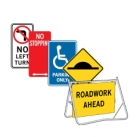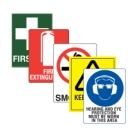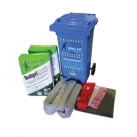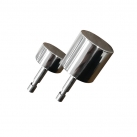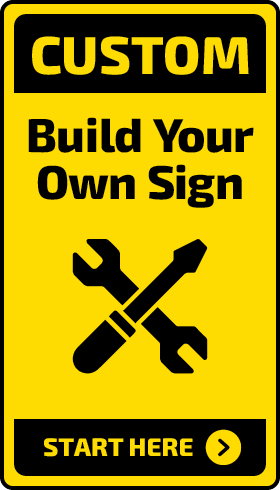Best Practices For Loading Dock Safety: Comprehensive Safety Guidelines For Loading Dock Operations



Loading docks are hubs of activity in any warehouse, distribution centre, or manufacturing facility. They are essential for efficiently moving goods in and out of a business.
However, loading docks can be hazardous due to the activity and heavy machinery involved. Ensuring safety at the loading dock is necessary to prevent accidents and injuries.
This blog will outline some loading dock safety practices that can help keep your operation running safely.
What Is A Loading Dock? What Is It Used For?
A loading dock is a designated building area where goods are loaded and unloaded from trucks.
It is a critical spot in the supply chain, facilitating the transfer of goods between the warehouse and the transport vehicles.
Loading docks are in various industries, including retail, manufacturing, and logistics.
They are typically located at the rear or side of a building and are designed to match the height of transport vehicles for ease of loading and unloading.
With heavy loads being handled, it is crucial to apply strict safety measures for loading docks.
5 Best Loading Dock Safety Practices You Should Know
Ensuring safety at the loading dock requires proper equipment, training, and adherence to safety protocols. Here are five of the best loading dock safety tips you should know:
1. Implement Guard Rails And Barriers
Installing guard railings and barriers at the loading dock is one of the most effective ways to prevent accidents.
Guard rails provide a physical barrier preventing forklifts, pallet jacks, and other equipment from accidentally rolling off the dock.
They also offer protection for workers, keeping them a safe distance from the edge.
Ensure that guard rails are sturdy and capable of withstanding the impact of heavy machinery.
2. Use Heavy-Duty Loading Dock Stairs
Loading docks often require workers to move between different levels.
Using heavy-duty loading dock stairs ensures that these transitions are safe and secure.
These stairs are designed to support the weight of heavy loads and provide a stable platform for workers to move up and down.
Ensure the stairs have handrails and non-slip surfaces to prevent slips and falls.
3. Install Steel Truck Loading Dock Reversing Guides
Backing a truck into a loading dock can be challenging, especially in tight spaces.
Installing galvanised steel truck loading dock reversing guides can help drivers align their vehicles accurately with the pier.
These guides are evident and durable, ensuring they can withstand the wear and tear of daily use.
By providing a clear path for drivers, you can reduce the risk of accidents and damage to the dock and vehicles.
4. Utilise Dock Bumpers And Fenders
Dock bumpers and fenders protect the dock and the trucks from damage during loading and unloading.
Extruded rubber dock fenders, D-type moulded rubber dock bumpers, and rubber dock bumpers absorb the truck's impact, preventing damage to the dock structure.
These bumpers also protect the truck from dents and scratches, reducing maintenance costs and downtime.
5. Protect Walls And Columns With Rubber Guards
In an active loading dock environment, walls and columns are often at risk of being hit by moving vehicles and equipment.
Installing extruded rubber wall guards, rubber wall protectors, and heavy-duty wall & column protectors can help mitigate this risk.
These guards provide a cushion that absorbs impact, protecting the building structure and the equipment.
Regularly inspect and maintain these guards to ensure they remain effective.
Additional Factors For Loading Dock Safety
● Training And Awareness
Regularly train employees on loading dock safety practices. Ensure they understand the importance of following safety protocols and correctly using the equipment.
● Regular Inspections
Conduct regular inspections of the loading dock area and equipment. Look for any signs of wear and tear, damage, or potential hazards and address them immediately.
● Clear Communication
Establish clear communication protocols between dockworkers and truck drivers. Use hand signals, radios, or other communication devices to ensure everyone knows the loading and unloading process.
Wrap Up
Safety at the loading dock is not something to take lightly. Applying these loading dock safety tips can reduce the risk of accidents and injuries.
From installing guard rails and barriers to using heavy-duty loading dock stairs and rubber wall protectors, each measure contributes to a safer and more efficient operation.
Regular training, inspections, and clear communication further improve safety, ensuring the protection of both workers and equipment.
By following these comprehensive safety measures for loading docks, businesses can create a safer working environment, minimise downtime, and maintain the smooth flow of goods.

 Speed of Service
Speed of Service Easy Systems
Easy Systems Product Designs & Developers
Product Designs & Developers Car Park Protection
Car Park Protection 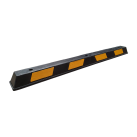
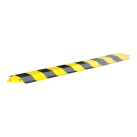


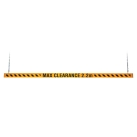

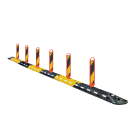
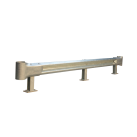

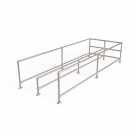
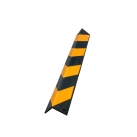
 Industrial Safety
Industrial Safety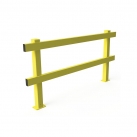
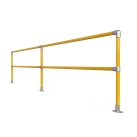


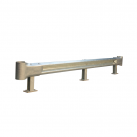
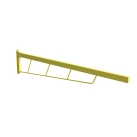
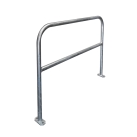
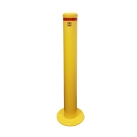



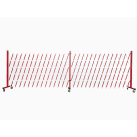
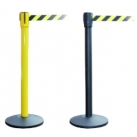


 Urban Furniture
Urban Furniture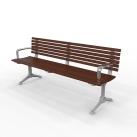

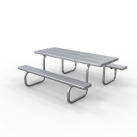


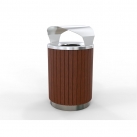
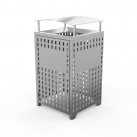

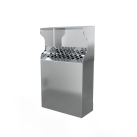
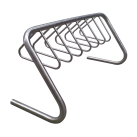

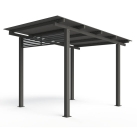
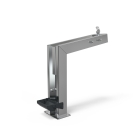
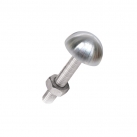

 Pedestrian Barriers
Pedestrian Barriers
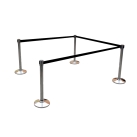

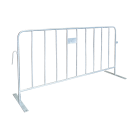

 Matting, Ramps & Tactiles
Matting, Ramps & Tactiles
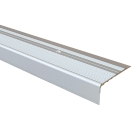

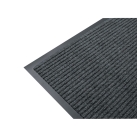
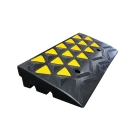
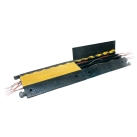
 Signage & Safety
Signage & Safety 
